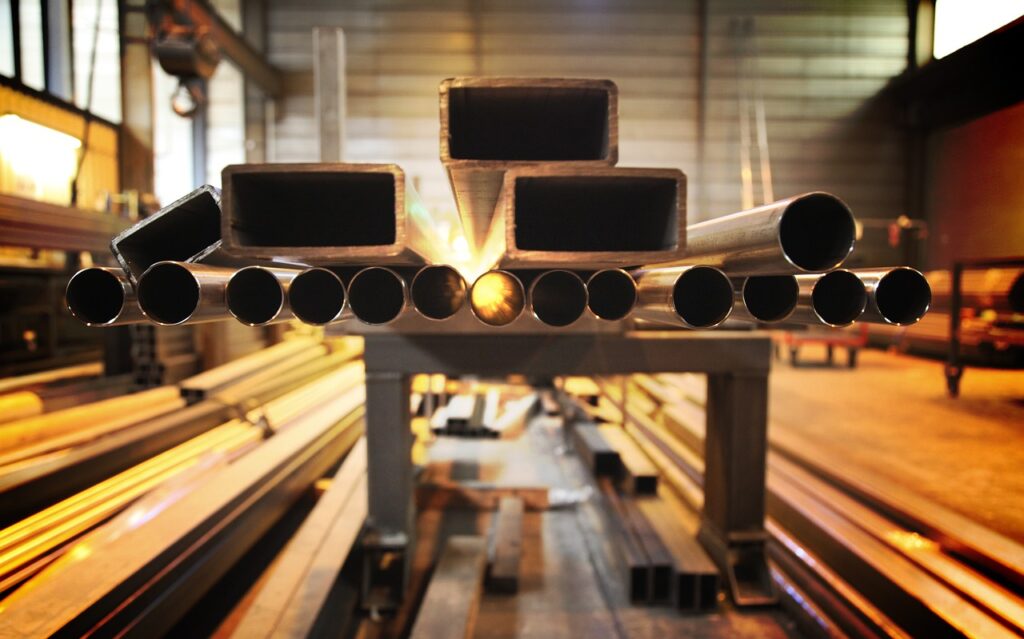China’s HBIS Group is set to export over 10,000 tonnes of hydrogen-based “green steel” to Italy by August 2025, signaling a significant shift in industrial decarbonization strategies between China and the European Union.
The order, described as the company’s first commercial shipment aligned with the EU’s Carbon Border Adjustment Mechanism (CBAM), includes an internationally recognized Environmental Product Declaration (EPD) verifying a 50% lower carbon footprint compared to traditional blast furnace steel.
At a time when EU policy is increasingly reshaping global trade in emissions-intensive goods, the deal marks an early and notable example of a Chinese industrial player engaging directly with Europe’s carbon accountability regime. CBAM, currently in its transitional phase, mandates detailed emissions reporting for imports of steel, aluminum, cement, and other high-carbon materials, with tariff-like levies on the horizon from 2026.
HBIS’s ability to comply with CBAM requirements suggests a proactive positioning amid tightening global carbon regulations. While the company has not confirmed the precise origin of the hydrogen used—leaving open whether it is produced from renewable sources (green) or fossil fuels (grey or blue)—the steel was reportedly made using ENERGIRON direct reduced iron (DRI) technology. This system, developed by Italian metallurgical firms Tenova and Danieli, enables hydrogen or hydrogen-methane blends to replace coke in the reduction process.
ENERGIRON-based DRI processes typically generate less than half the CO₂ emissions of conventional blast furnace routes when fueled by hydrogen, but final emissions intensity still depends on upstream hydrogen production. Without verification of green hydrogen use, the 50% footprint reduction cited in the EPD likely reflects process efficiency gains and partial hydrogen substitution rather than full decarbonization.
The deal effectively positions HBIS as a first mover among Chinese exporters adapting to Europe’s new carbon import rules. It also reflects a broader market pivot: EU buyers are increasingly requesting low-emission or certified green materials to future-proof their supply chains. The fact that the EPD will accompany the shipment offers a crucial layer of third-party verification—an element that will be non-negotiable as CBAM’s financial penalties take effect.
The collaboration appears to have deeper strategic implications. According to statements from HBIS and reports from Chinese media, the company and its Italian customer plan to further develop a low-emissions industrial supply chain. This could include deeper integration of hydrogen-enabled technologies or coordinated emissions tracking systems to streamline compliance and reporting.
While the scale of the 10,000-tonne export is relatively modest in the context of global steel flows, it serves as a practical test case for cross-border carbon regulation and technological validation. Questions remain, however, around the origin and lifecycle emissions of the hydrogen input, as well as how Chinese exporters will secure long-term green hydrogen supply at competitive prices.
Stay updated on the latest in energy! Follow us on LinkedIn, Facebook, and X for real-time news and insights. Don’t miss out on exclusive interviews and webinars—subscribe to our YouTube channel today! Join our community and be part of the conversation shaping the future of energy.





